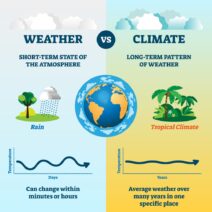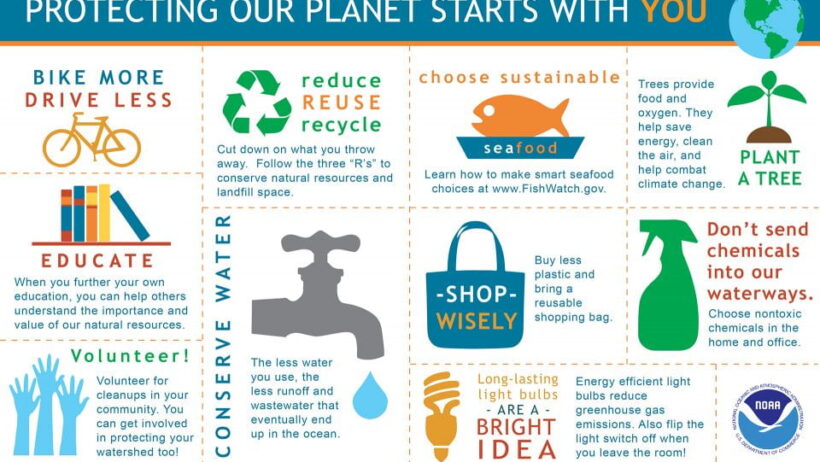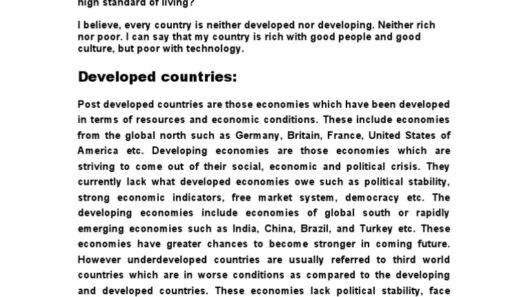Global warming is akin to a slow, unrelenting tide creeping into our very lives, reshaping the landscape of our planet. As carbon dioxide levels rise and glaciers melt, we are witnessing profound shifts in both the environment and our daily realities. This comprehensive examination delves into the intricate tapestry of global warming, exploring its mechanisms, implications, and the potential paths for mitigation that lie ahead.
At its core, global warming entails the gradual increase in Earth’s average surface temperature due to the accumulation of greenhouse gases in the atmosphere. These gases, primarily carbon dioxide, methane, and nitrous oxide, act like a thermal blanket, trapping heat that would otherwise escape back into space. This phenomenon is largely the consequence of anthropogenic activities, including fossil fuel combustion, deforestation, and industrial processes. This human-induced factor is crucial, as it signifies our capacity to alter the climatic narrative.
The consequences of global warming are manifold, manifesting in diverse and often alarming ways. For instance, as the world’s temperature escalates, we witness more frequent and severe weather events. Hurricanes become stronger, droughts linger longer, and heatwaves intensify. The interplay between these variables creates a climate that oscillates between extremes, challenging ecosystems and human societies alike. Such disruptions are not merely abstract scientific concepts; they resonate profoundly with those who experience their aftermath.
Beyond the chaotic weather patterns, rising sea levels represent another stark reality of our world. Melting ice sheets in Greenland and Antarctica contribute to higher ocean levels, threatening coastal cities. Imagine the poignant image of a continent gradually succumbing to the sea, a slow-motion disaster that unfolds right before our eyes. Communities in low-lying areas are first in the line of this relentless advance, facing the prospect of displacement. This illustrates a future where the places we cherish may no longer exist, marking a somber chapter in human history.
In addition to its geographical manifestations, global warming elicits profound repercussions on biodiversity. Ecosystems are delicately balanced systems, reliant upon myriad species, each playing a unique role. As temperatures rise, many species find their habitats altered or diminished. Some will adapt and survive, while others face the abyss of extinction. Witnessing the decline of species, such as polar bears struggling to find ice platforms or coral reefs bleached beyond recovery, serves as a stark reminder of the irreversible loss occurring before our eyes. This is not just an ecological issue—it threatens the integrity of our natural world, which, in many respects, is woven into the very fabric of human existence.
Moreover, global warming is intricately linked to public health. Elevated temperatures exacerbate air quality issues, leading to a proliferation of respiratory ailments such as asthma. Allergens flourish in a warmer climate, prolonging the pollen season and affecting millions. The spread of vector-borne diseases like malaria and dengue fever will increase as the habitats for mosquitoes expand. The very health of humanity hangs in the balance, underscoring the urgency for effective responses.
While the narrative surrounding global warming is fraught with challenges, it is essential to spotlight the avenues for action and resilience. Technological innovations are emerging as beacons of hope. Renewable energy sources, like solar and wind, are rapidly advancing, offering cleaner alternatives to fossil fuels. The shift from traditional energy consumption to sustainable practices on a global scale is imperative; this entails not only systemic changes but a cultural revolution towards conservation.
Ecological restoration also offers a path toward healing damaged ecosystems. Reforestation projects serve to sequester carbon while also revitalizing habitats. Urban environments are discovering the benefits of green architecture and infrastructure; integrating nature into cities serves to mitigate heat and reduce energy demands, thereby positively impacting local climates.
Individual action is equally pivotal in addressing global warming. Each person possesses the capacity to contribute. Simple lifestyle changes, such as reducing energy consumption, opting for public transport, or adopting a plant-based diet, cumulatively culminate in significant impact. The metaphor of a single raindrop might seem small in the vastness of an ocean, yet it is the collective fall of raindrops that brings forth a deluge—a potent reminder that every choice, every action, resonates in the larger dialogue of climate change.
Education is also a cornerstone of combating global warming. Awareness campaigns can galvanize communities, fostering activism and empowerment. The value of knowledge cannot be overstated; an informed populace holds the potential to advocate for policies that prioritize sustainability and ecological stewardship. It is imperative to advocate for Earth, not just as a vessel but as a living entity deserving of respect and care.
Ultimately, the specter of global warming poses one of the most formidable challenges humanity faces today. Yet it also compels us to re-examine our relationship with the planet, igniting a movement towards sustainability, resilience, and innovation. Through collective effort and conscious choices, we can chart a course toward a balanced coexistence with nature. The time for action is now—after all, the future of our planet and the generations that follow hinge upon the decisions we make today.







